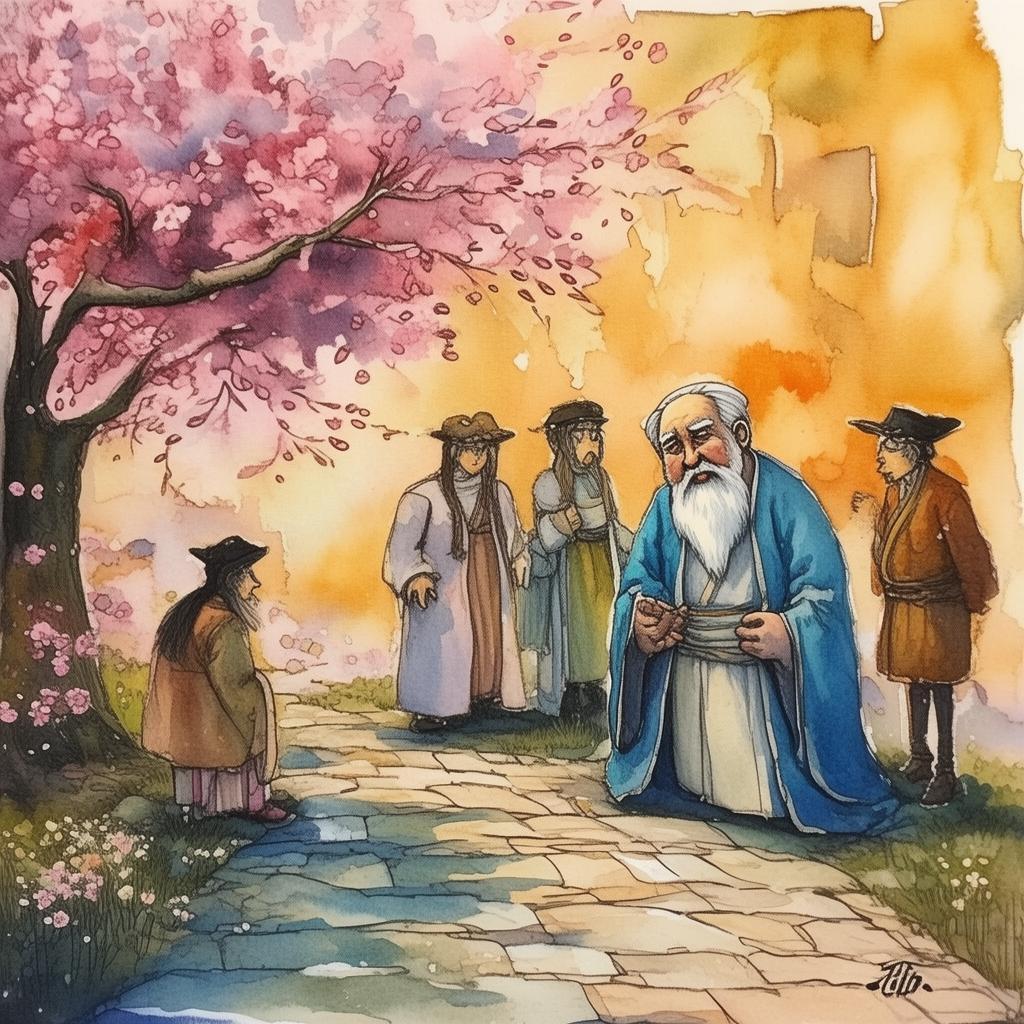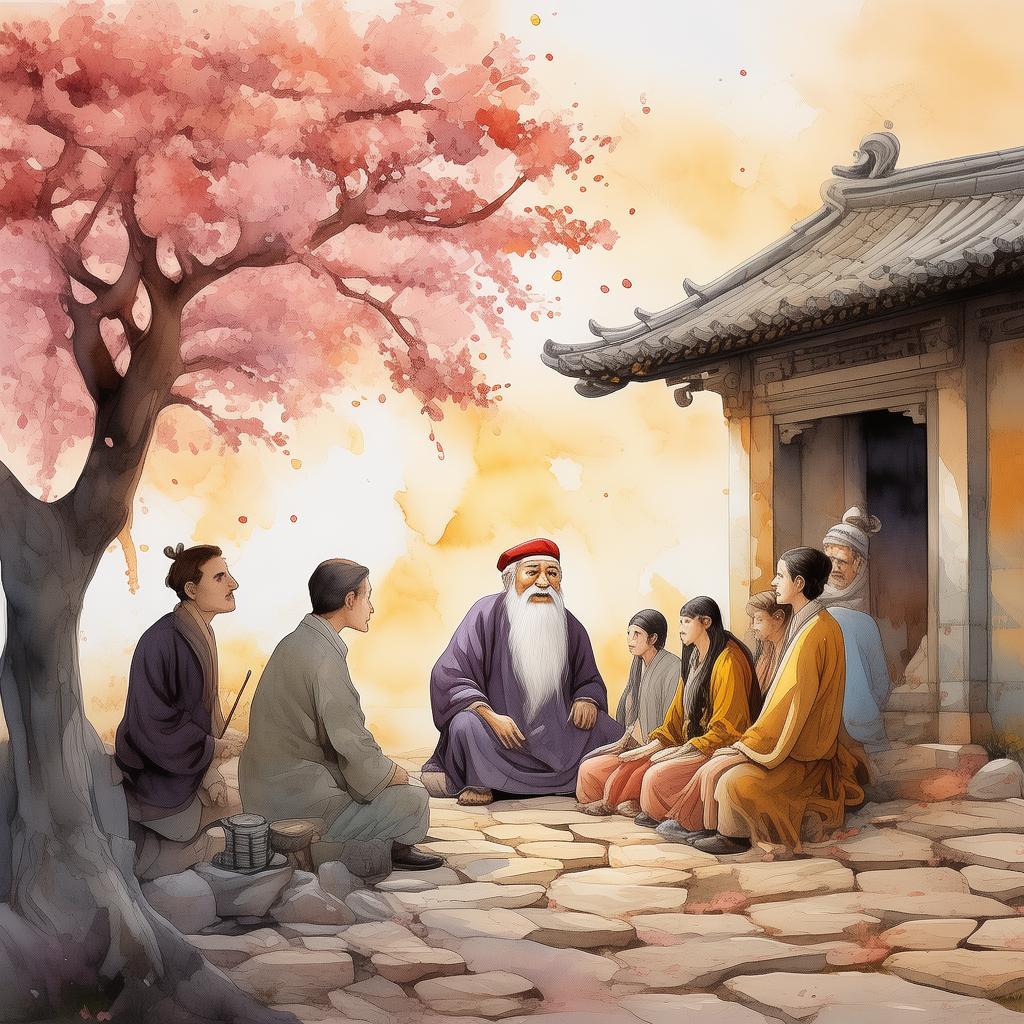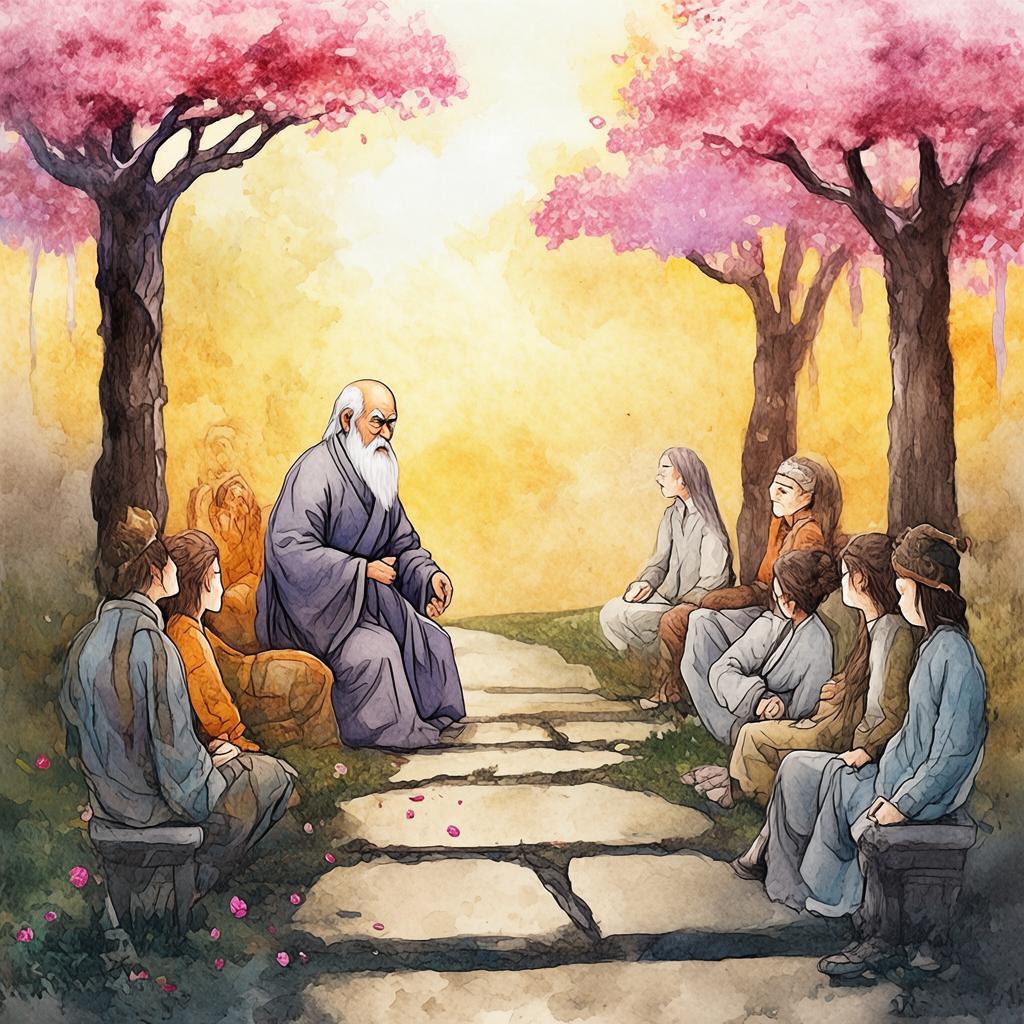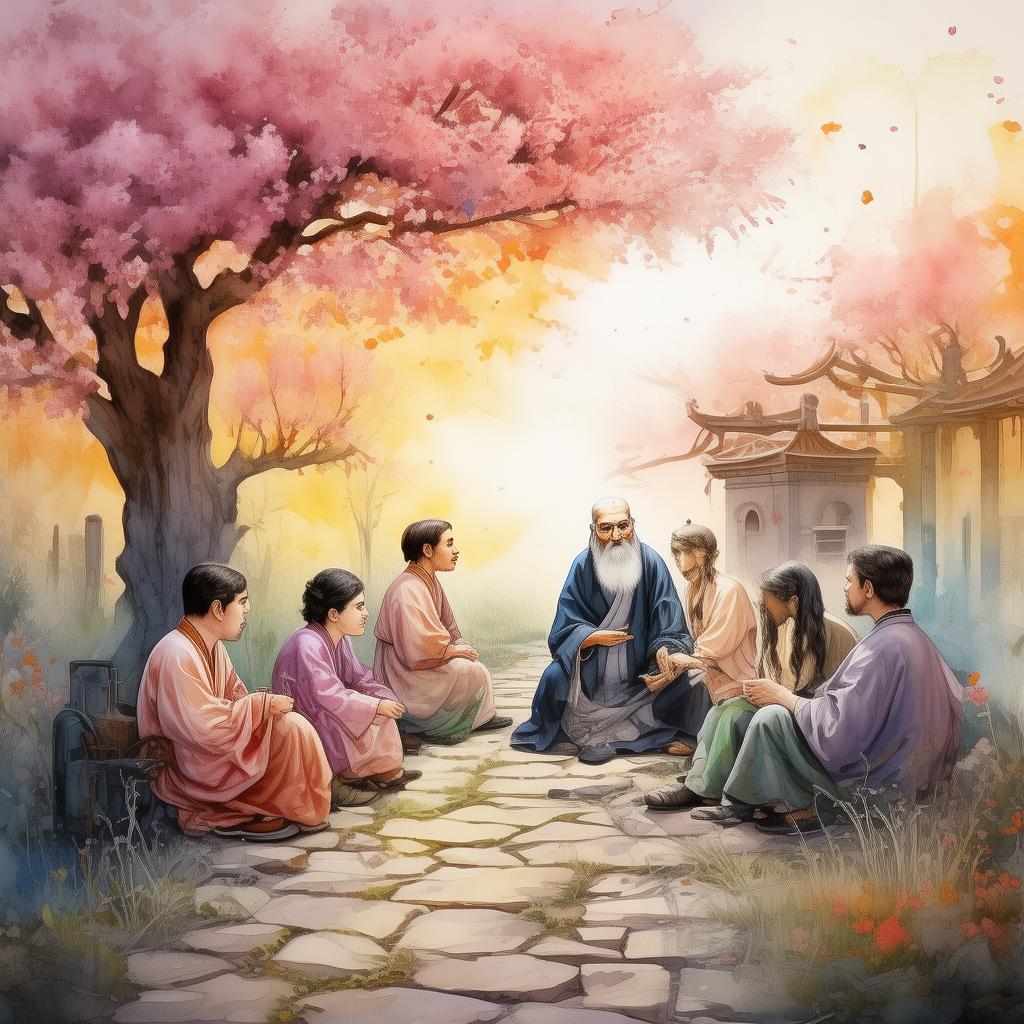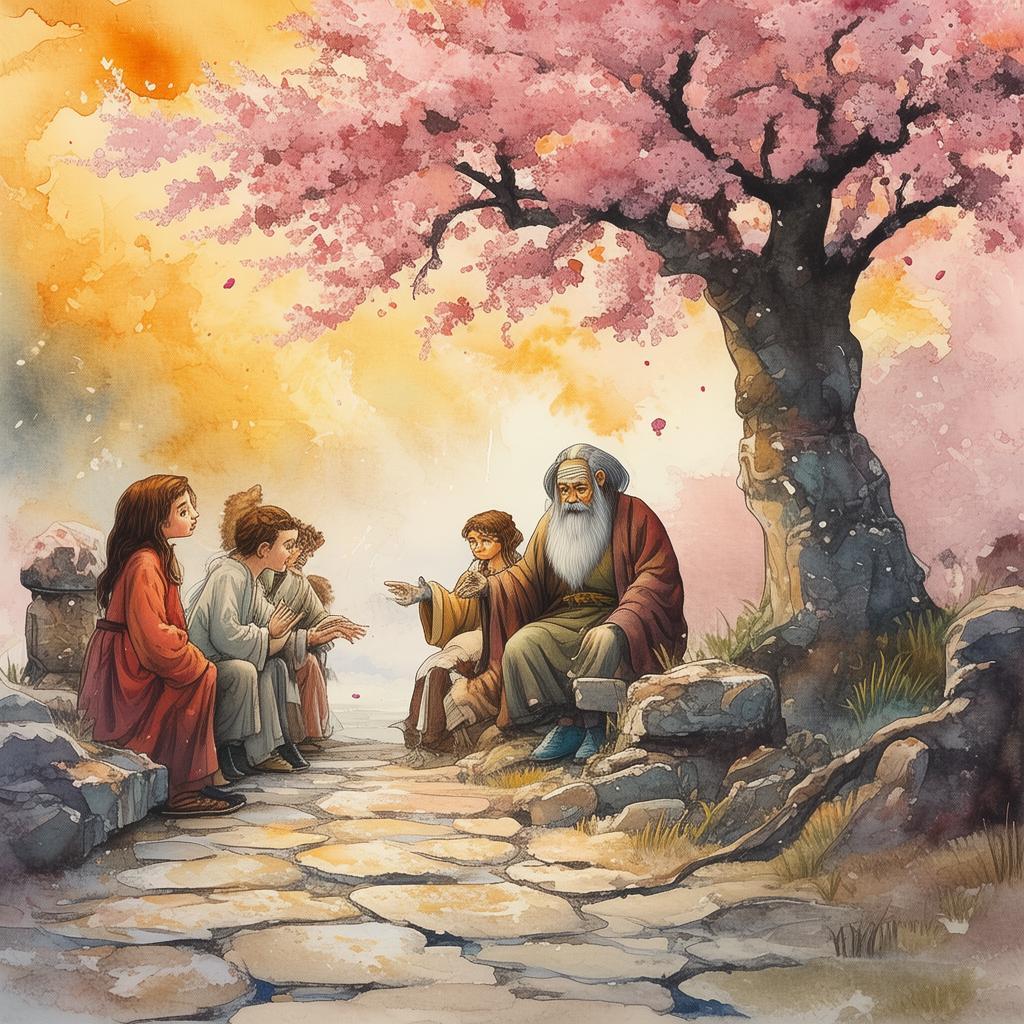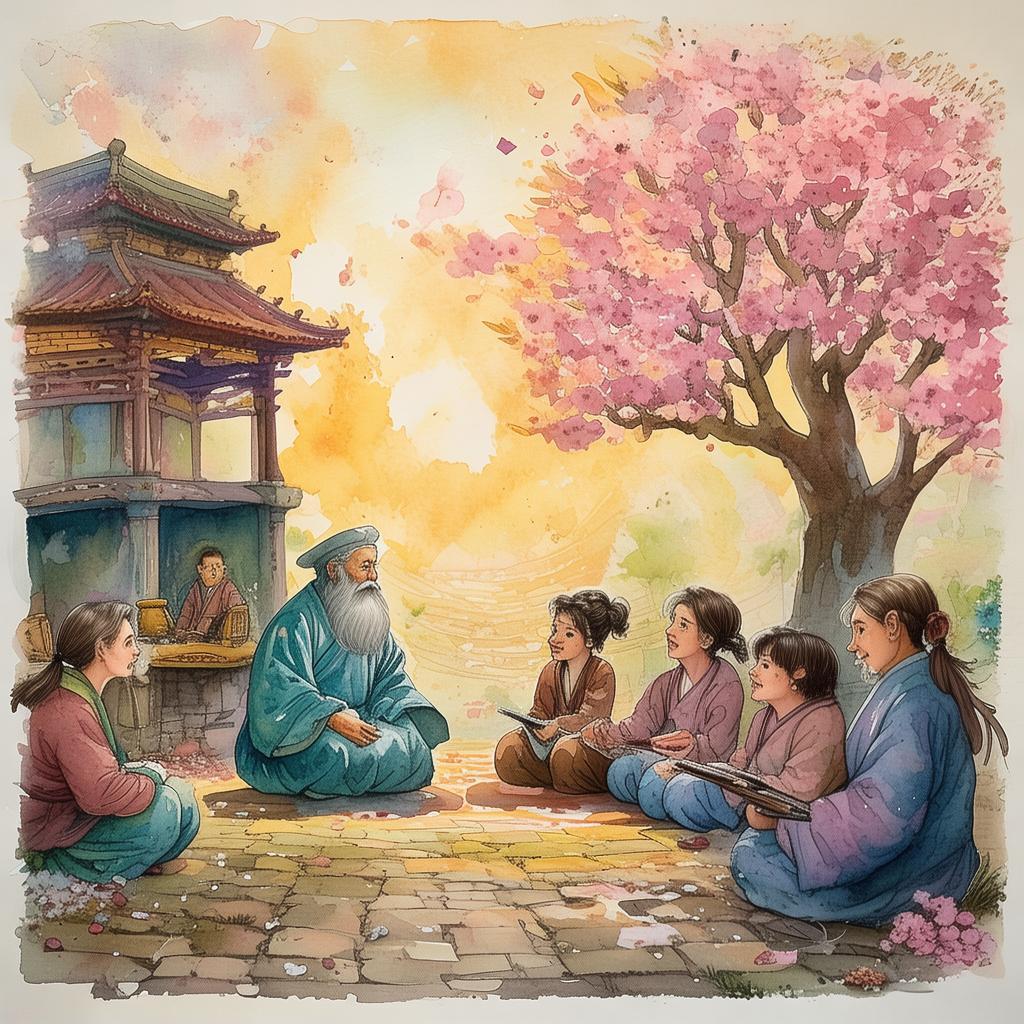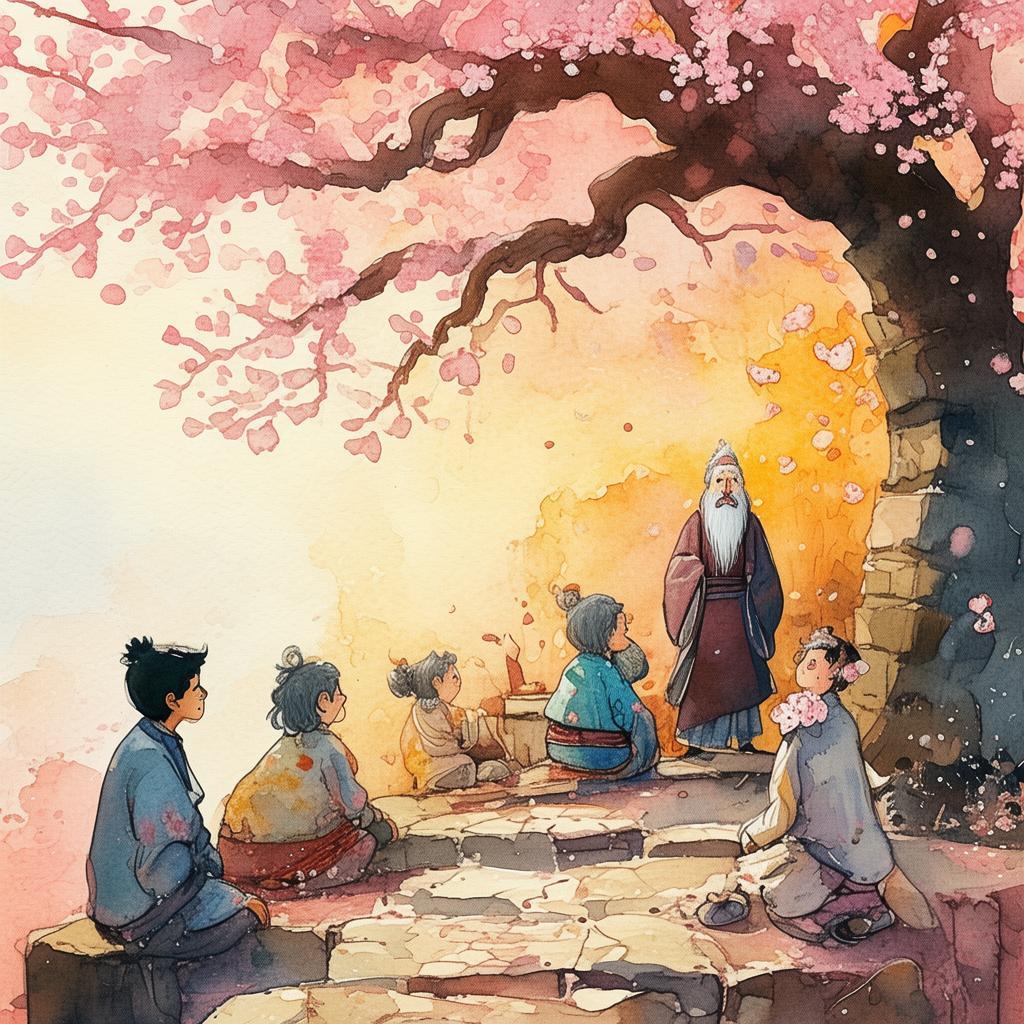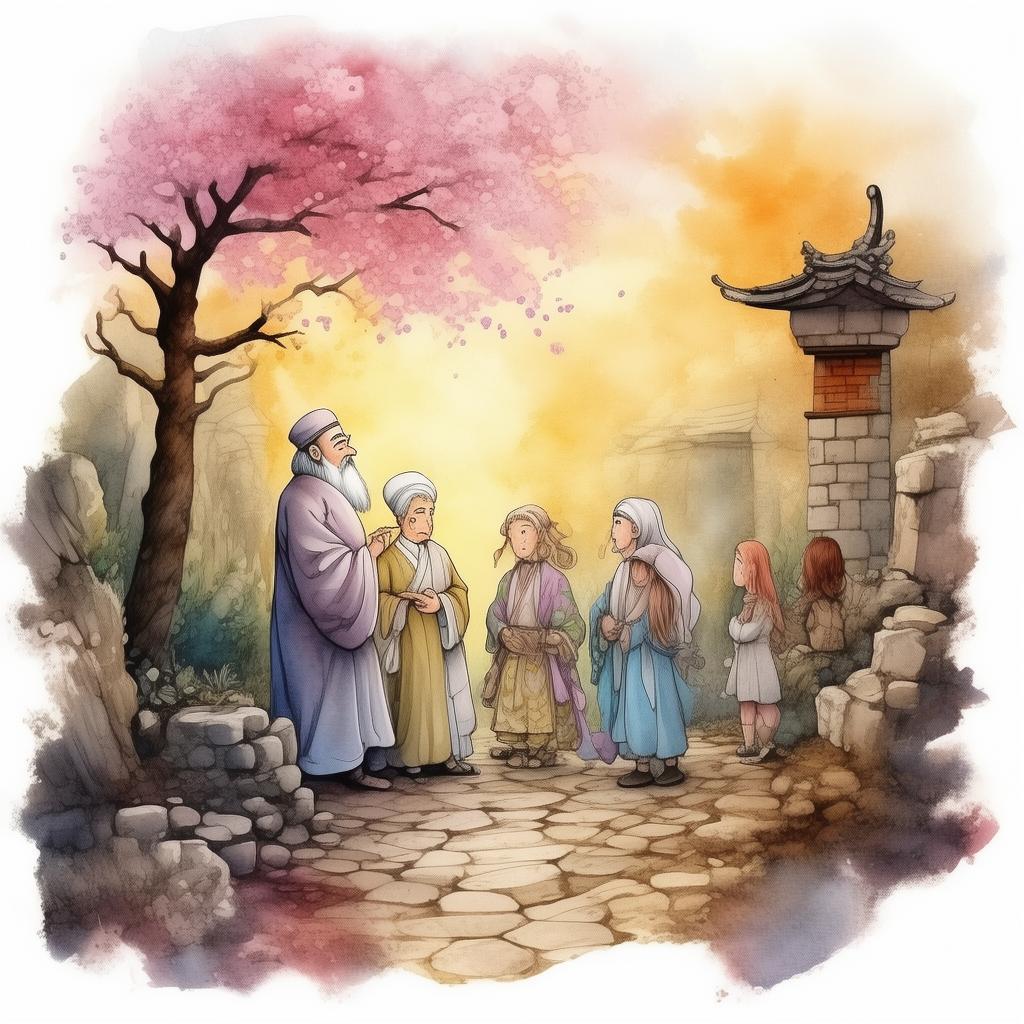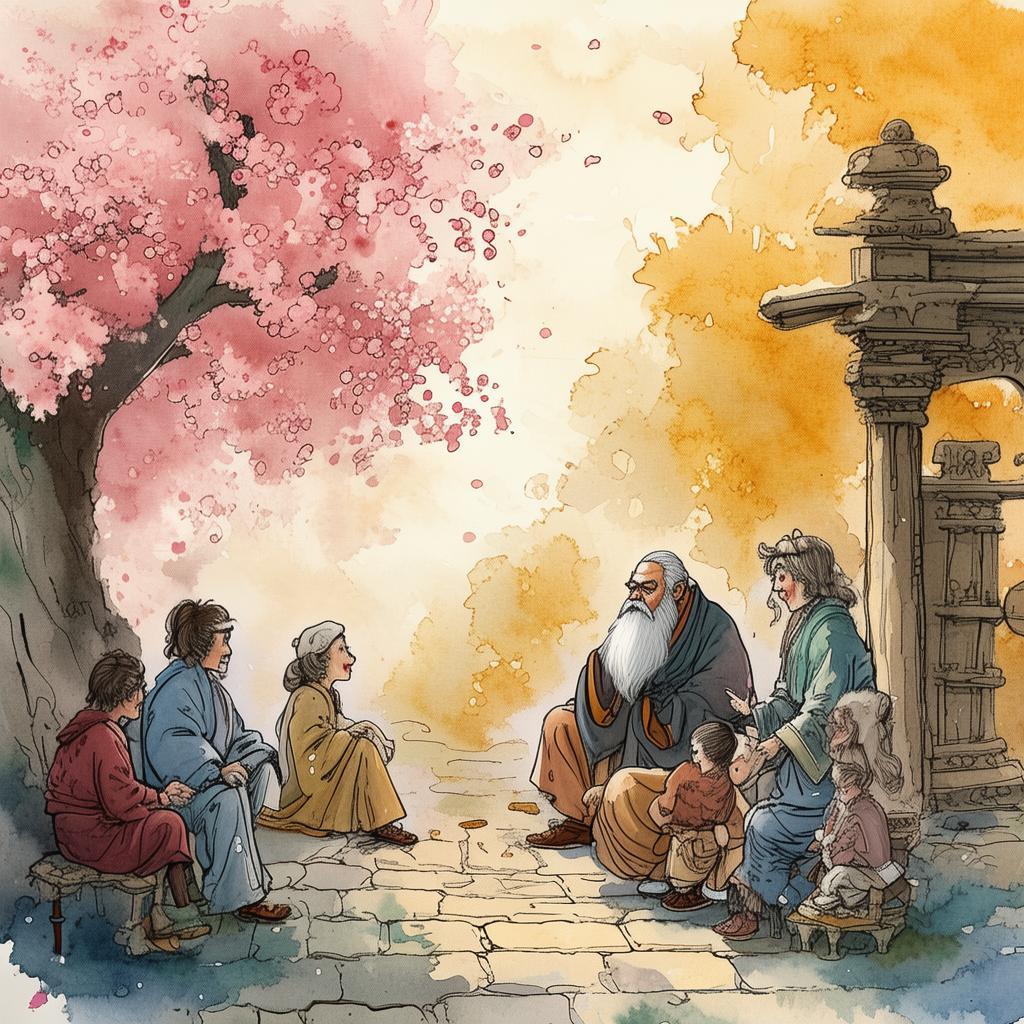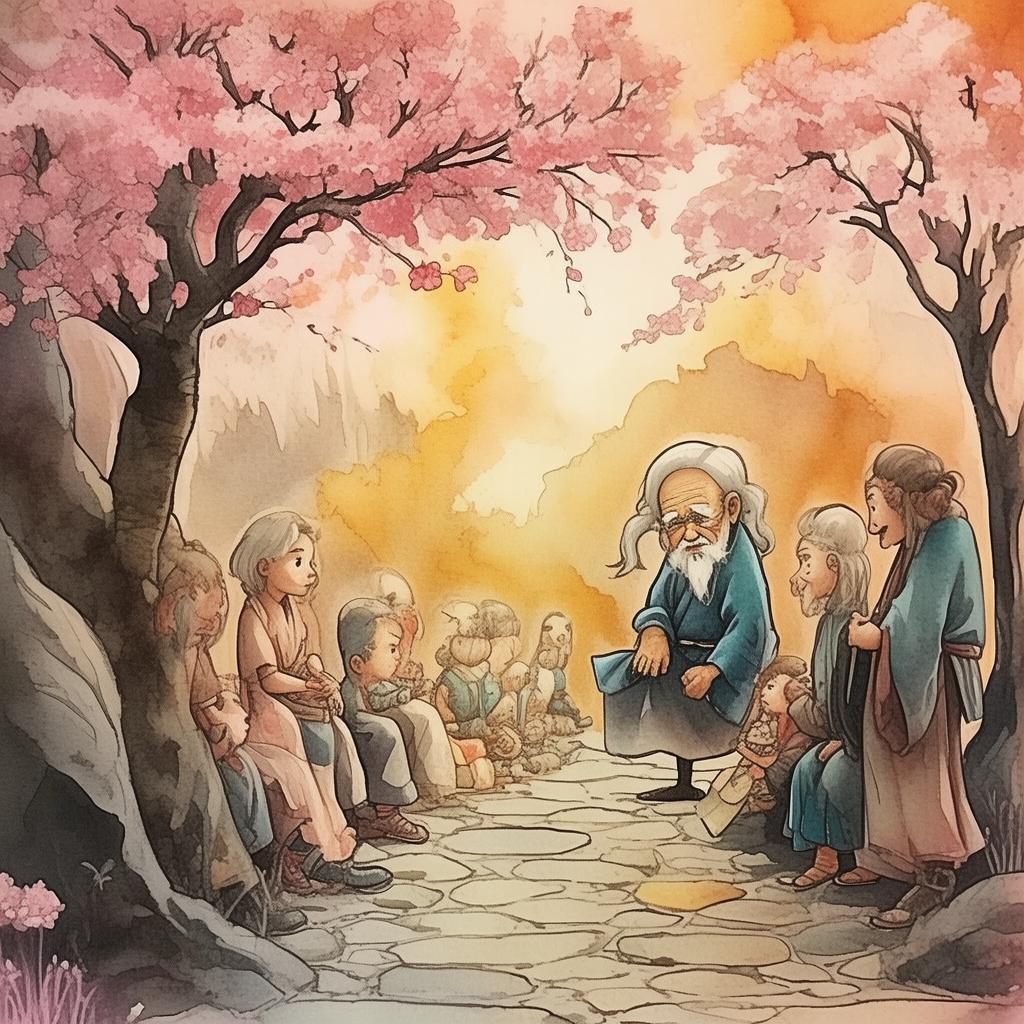Dragon's Gaze: The Path of Insight
In the ancient kingdom of Liangshan, where mountains rose like the scales of a sleeping dragon, there lay a mystical artifact known as the Dragon's Eye. This precious gem was said to possess the power to reveal the true nature of the world and its inhabitants, granting the seeker of wisdom an unparalleled perception of life and morality. The legend spoke of a journey, a test of perception, where the seeker must traverse the treacherous paths of the world to confront the dragon and prove their worthiness.
Wu Jing, a young and ambitious seeker, heard tales of the Dragon's Eye from his mentor, Master Yuan. Master Yuan had once embarked on this journey but was never seen again. The Dragon's Eye was not just a symbol of power but a beacon of moral insight, and Wu Jing was determined to uncover its secrets.
The journey began at the foot of Mount Liang, where the path was said to split into three, each leading to different destinations. Wu Jing knew that he must choose wisely, for each path held a test that would determine his perception and moral compass.
The first path was lined with the whispering winds, a symbol of the spoken word. Wu Jing encountered a man who was accused of theft but was proven innocent by the Dragon's Eye. Wu Jing, seeing the man's tears of relief, felt the power of truth and decided to continue down this path.
The second path was a maze of mirrors, representing the distorted perceptions of oneself and others. Wu Jing entered and saw his reflection in every corner, reflecting his own doubts and fears. The Dragon's Eye showed him that true perception requires self-awareness and acceptance, and Wu Jing resolved to face his inner truths.
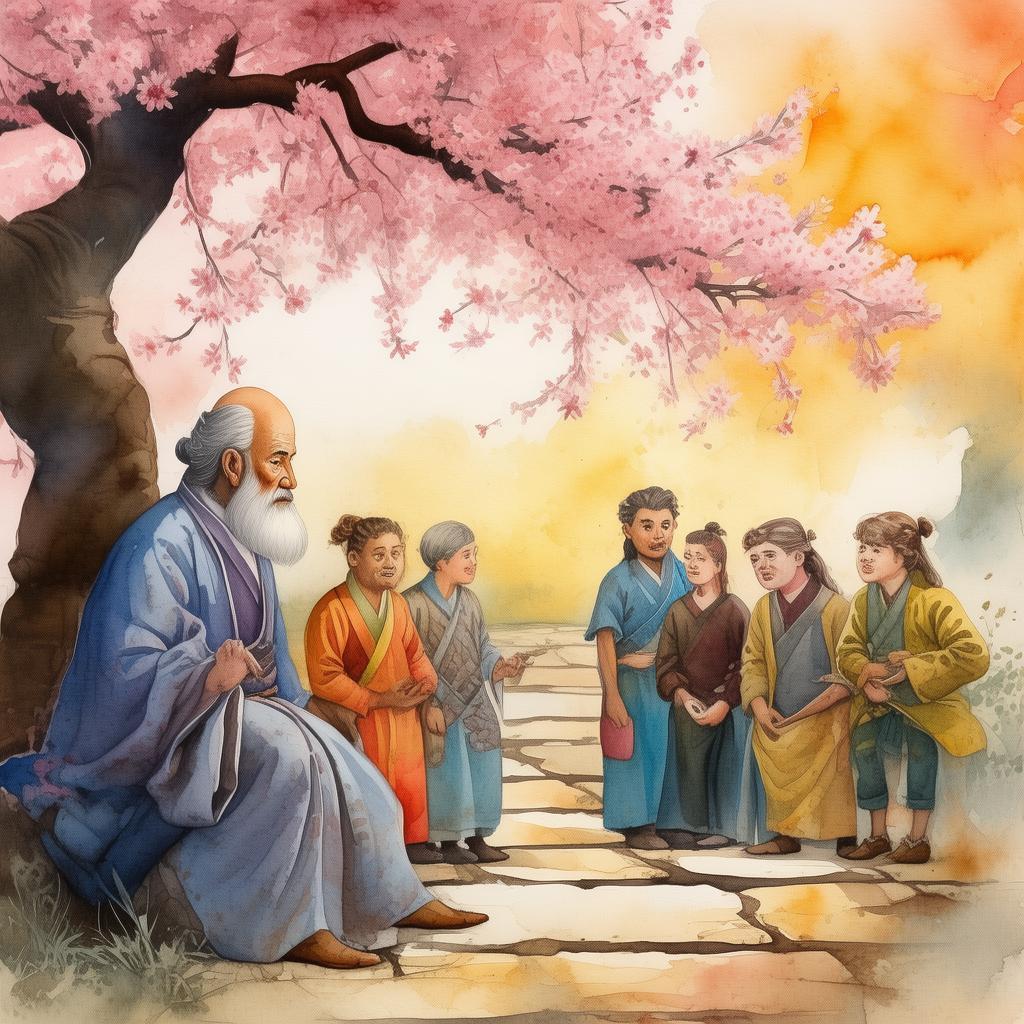
The third path was a vast desert, representing the trials of patience and endurance. Wu Jing struggled against the scorching heat, and as he persevered, the Dragon's Eye revealed the importance of perseverance in the face of adversity.
After passing through the tests of the spoken word, self-awareness, and perseverance, Wu Jing reached the final trial. The Dragon's Eye was in the heart of a dark cave, guarded by a dragon of immense power. Wu Jing faced the dragon, and the creature spoke of the final test: to discern the difference between justice and retribution.
The dragon posed a question: "What would you do if you were given the power to decide the fate of a kingdom, but the choice between justice and retribution was unclear?" Wu Jing, after deep contemplation, replied, "I would seek the counsel of the wise, for power without wisdom is blind."
The dragon, pleased with Wu Jing's response, revealed that he was the Dragon's Eye itself, and the true test was the journey he had just completed. Wu Jing, realizing that the true power of the Dragon's Eye was the journey and the insights gained along the way, embraced the moral lessons he had learned.
The story of Wu Jing's journey spread far and wide, and the Dragon's Eye became a symbol not just of perception, but of the moral growth that comes from a life well-lived and tested. Wu Jing, now a wise and humble seeker, returned to his kingdom, not as a conqueror of the Dragon's Eye, but as a carrier of its moral lessons.
And so, the Dragon's Eye: The Path of Insight became a tale of moral insight and the transformative power of perception, passed down through generations as a reminder that true wisdom is found not in the acquisition of power, but in the journey of self-discovery.
✨ Original Statement ✨
All articles published on this website (including but not limited to text, images, videos, and other content) are original or authorized for reposting and are protected by relevant laws. Without the explicit written permission of this website, no individual or organization may copy, modify, repost, or use the content for commercial purposes.
If you need to quote or cooperate, please contact this site for authorization. We reserve the right to pursue legal responsibility for any unauthorized use.
Hereby declared.
